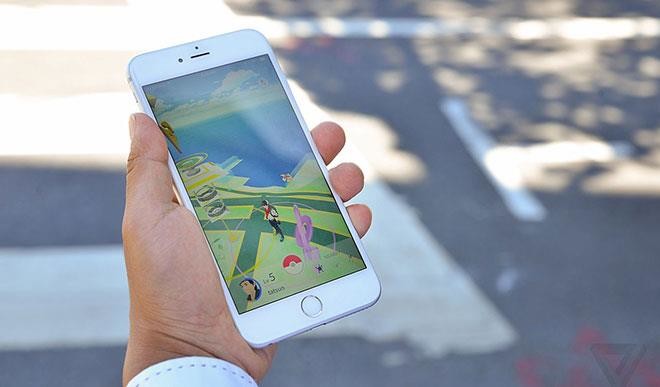The Pokemon Go craze
In many parts of the world, especially in North America, Europe, Australia, New Zealand, and Asia, young lads have become acutely obsessed with this computer game called Pokemon Go. The original game, Pokemon, has been enhanced with Augmented Reality (AR) capabilities, to allow you to integrate real-life objects with virtual ones. You may refer to […]


In many parts of the world, especially in North America, Europe, Australia, New Zealand, and Asia, young lads have become acutely obsessed with this computer game called Pokemon Go. The original game, Pokemon, has been enhanced with Augmented Reality (AR) capabilities, to allow you to integrate real-life objects with virtual ones. You may refer to two articles on AR that appeared in this column in the past few months, for some basics. (Some industry experts expect AR to be the next big thing in technology.) The Pokemon Go computer game has attracted controversy for contributing to accidents and being a public nuisance at some locations.
The game, released on July 6, 2016, and available at no cost on both iOS and Android smart phones, has enjoyed more than 75 million downloads already, attesting to its phenomenal success in a short time. In its first week of launch, it became the most downloaded app in Apple Store of all time. The app was developed by the company Niantic, which is a start-up spun off of Google last year. Wikipedia has a generous entry on Pokemon Go, which you could check out for more details.
Africa, India, and South America lag behind in the Pokemon craze – perhaps a testament to low Internet bandwidth and poor terrain GPS mapping – as only a few “Pokemons” have been sighted in those regions. However, given the interconnectedness between the countries of the world in this digital age, not to mention the inquisitive minds of the young ones – including in Africa – there seems to be a place for this article in our knowledge database. At least, as a father, for example, you will be able tell your teenage daughter what Pokemon Go is when she asks.
To play the game, paraphrasing the Wikipedia entry with a little customization, you use the smart device’s GPS and camera to capture, battle, and train virtual creatures, called Pokémon, who appear on the screen as if they were in the same real-world location as you. (Remember my illustration of President Buhari visiting your office via AR?) You must physically travel to explore the game’s map and visit PokeStops.
Below is Stephanie Lee’s description of the game – which I find hard to beat – and I have thus adopted it with slight modifications: “In Pokémon, monsters roam the lands, and your job is to find, capture, and train them. Then you put them in battle against other players. Growing up, I played the heck out of the original Pokémon games on the Nintendo Game Boy, and followed those adventures through a few more generations of handheld game console. I collected the trading cards and obsessed over the (still running) TV series. Fortunately, you don’t need any previous Pokémon experience to enjoy Pokémon Go.”
She continues: “It’s free to download and start playing, but you have the option to use real money to buy in-game currency called PokéCoins. (Between $0.99 for 100 PokéCoins and up to $99.99 for 14,500.) Those PokéCoins are used to purchase Pokéballs, the in-game item you need to be able to catch Pokémon. Now you don’t have to spend real money, but that simply means you need to pay with your time and energy (which is the fun of it, anyway!).” That is, travelling from place to locate Pokemons. Note that if your location is not supported in the app’s database, you will not be able to locate any Pokemons in your environ. “The game works by using your phone’s GPS for your real-world location and augmented reality to bring up those cool-looking Pokémon on your screen, overlaid on top of what you see in front of you. And you-the digital you-can be customized with clothing, a faction (or “team” of players you can join) and other options, and you level up as you play.”
“I’ve watched my friends excitedly whip out their phones whenever we walk a couple of yards down the street, round a corner, or enter a new place, in search of new Pokémon. If the timing is right, wild Pokémon leap out at you, giving you have a chance to catch them with a Pokéball. When you capture a Pokémon, it gets added to your Pokédex, a sort of Pokémon database, where you can personalize them later. And then the fun part: You can go to your local “gym” and battle your Pokémon against other trainers (also real people). PokéStops, on the other hand, are usually predetermined landmarks that you can interact with and get items from. Some of these items will further your “ability” as a trainer, or simply draw tons of other excited Pokémon Go players to your location.”
The game is obviously fun; it also has social-media content by bringing people together from all walks of life. Moreover, the health benefits associated with walking or running to find a Pokemon have been acknowledged by players.
